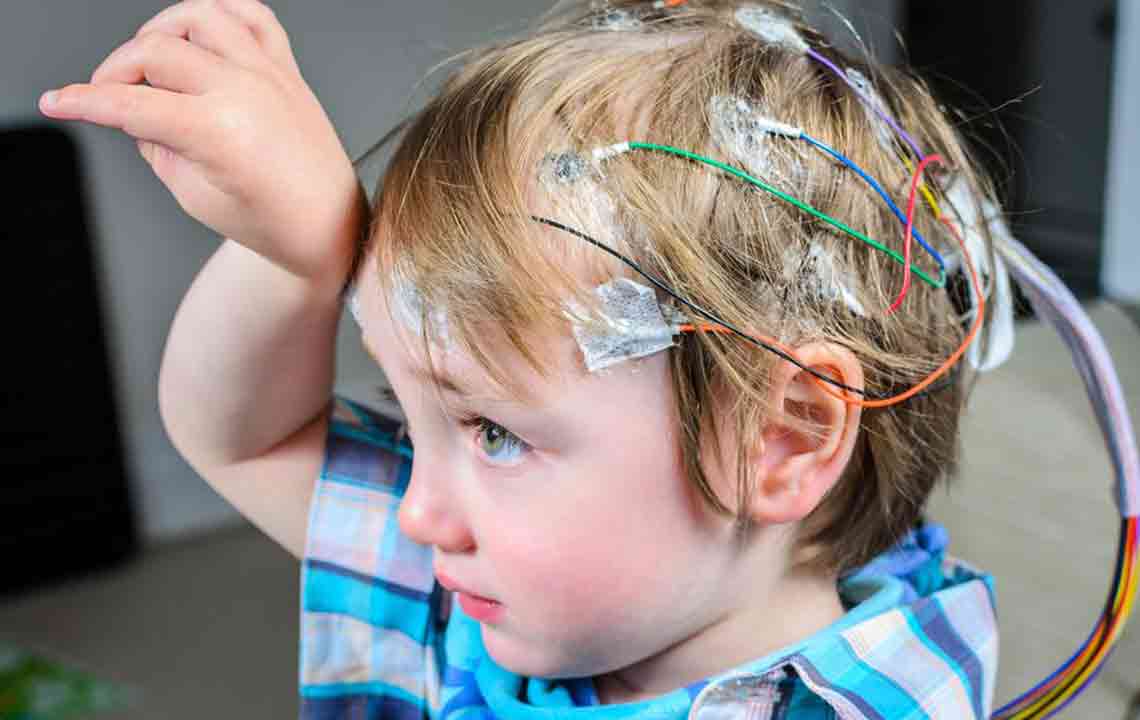Comprehensive Guide to Seizure Management and Treatment Protocols
This guide offers a detailed overview of seizure management protocols, emphasizing early intervention, phase-specific treatments, and advanced options for resistant cases. It aims to improve patient outcomes through standardized care approaches endorsed by the American Epilepsy Society. Understanding these guidelines helps caregivers and medical professionals respond effectively to seizures, minimizing risks and enhancing recovery prospects.

Understanding Seizure Management and Treatment Standards
Seizures can manifest in various forms, characterized by sudden electrical surges in the brain that influence behavior and physical responses. The most severe type, known as status epilepticus, involves ongoing seizure activity lasting over thirty minutes, constituting a medical emergency with potentially fatal risks. According to the American Epilepsy Society, annually, at least thirty adults and three children succumb to seizure-related complications. To improve response and care, the AES has published new guidelines for healthcare providers and facilities to manage seizures effectively.
AES-approved Seizure Treatment Frameworks
These protocols cater to both adult and pediatric patients, offering a step-by-step algorithm. The management process is segmented into three distinct phases, enhancing the precision and effectiveness of seizure intervention.
Stabilization Stage
During the initial phase, immediate first aid is crucial when a seizure occurs. Caregivers must assess the patient’s condition, ensure safety, and monitor closely to prevent injury or further complications.
Initial Treatment Stage
From the fifth to twenty minutes into a seizure, this phase involves medical intervention decisions. Specific medications recommended by the AES are used to control the ongoing seizure activity and prevent escalation.
Secondary Treatment Stage
Starting at twenty minutes and extending for another twenty, this phase evaluates how the patient responds to initial treatments. If seizures persist, alternative therapies are considered under medical supervision. When preferred drugs are unavailable, IV Phenobarbital serves as the fallback option, acknowledging individual variability in drug responsiveness.
Extended Treatment Phase
From forty minutes onward, treatment becomes more complex. The guidelines emphasize that early intervention remains most effective, with subsequent phases less effective overall. If initial treatments work, they may be repeated; otherwise, anesthetic doses administered with continuous EEG monitoring might be employed.
Specialized Support Services
The guidelines recognize that anti-epileptic drugs often do not provide long-term resolution and can have adverse effects. In such cases, tertiary neurological treatments, used alongside medication, can significantly aid recovery. These advanced interventions may include surgical options or specialized therapies for drug-resistant cases.
The core goal of these seizure management protocols is to safeguard the patient during episodes and minimize long-term impacts. Studies suggest that approximately 60% of patients respond favorably when treatment guidelines are followed.
Monotherapy, involving a single drug, is preferred over polytherapy, as it is more cost-effective and better tolerated. Nonetheless, treatment can carry physical and psychological risks, meaning prompt medical assistance is vital if conditions worsen.










